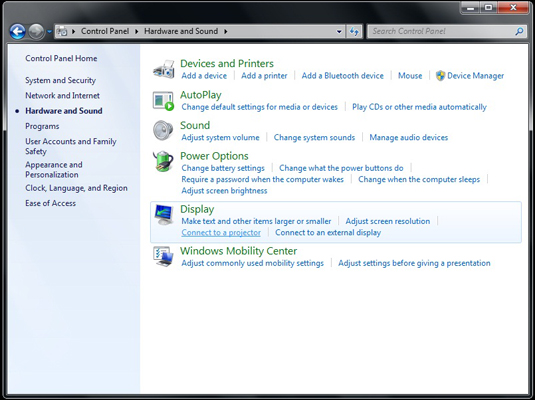
Double-click on it to bring up its window (usually you'll find your drive by its size or its brand name).It will either read: Enabled, in which case you should do the following: You should see something called: SMART status.
 Identify your drive in the list (if recognized by the tool), and hover your mouse over it. Open the folder gsmartcontrol-1.1.3-win64 which should be located on your Desktop and double-click gsmartcontrol.exe to launch the program. Download the portable version of GSmartControl and save it on your Desktop. Please test the drives on the machines with GSmartControl:įollow the instructions below to check your SMART status with GSmartControl: Sysnative BSOD log collector: SysnativeFileCollectionApp.zip The two registry steps in the link did not fix the upgrade failure. How to fix Windows 10 personalized settings not responding - Win10 FAQ This link displays the Windows upgrade black screen with Personalized Settings (not responsive): The computer has dual graphics (Intel iGPU, and Nvidia dGPU)ĭisabling both GPU (using only Microsoft default drivers) > no change in 1903 or 1909 black screen with Personalized settings (not responding)ĭisabling the iGPU in the BIOS and upgrading with only dGPU > no change in 1903 or 1909 black screen with Personalized settings (not responding)
Identify your drive in the list (if recognized by the tool), and hover your mouse over it. Open the folder gsmartcontrol-1.1.3-win64 which should be located on your Desktop and double-click gsmartcontrol.exe to launch the program. Download the portable version of GSmartControl and save it on your Desktop. Please test the drives on the machines with GSmartControl:įollow the instructions below to check your SMART status with GSmartControl: Sysnative BSOD log collector: SysnativeFileCollectionApp.zip The two registry steps in the link did not fix the upgrade failure. How to fix Windows 10 personalized settings not responding - Win10 FAQ This link displays the Windows upgrade black screen with Personalized Settings (not responsive): The computer has dual graphics (Intel iGPU, and Nvidia dGPU)ĭisabling both GPU (using only Microsoft default drivers) > no change in 1903 or 1909 black screen with Personalized settings (not responding)ĭisabling the iGPU in the BIOS and upgrading with only dGPU > no change in 1903 or 1909 black screen with Personalized settings (not responding) 

In place upgrade repair to 1903, 1909 partial success displaying a black screen or black screen with Personalized Settings (not responding) > Windows explorer not responding In place upgrade repair to 1709, 1803, 1809 > fail with rollback error code In place upgrade repair to 1703 > successful The Windows version is 1703 build 15063.1387

There are two computers with nearly identical hardware where one failed upgrading.








 0 kommentar(er)
0 kommentar(er)
